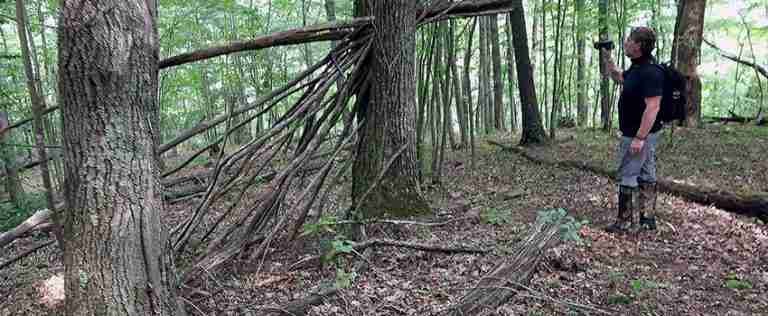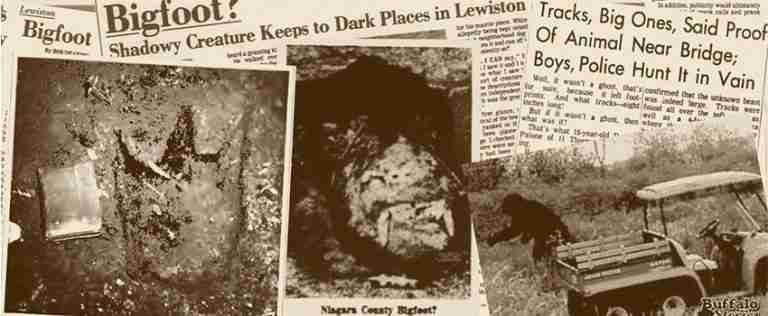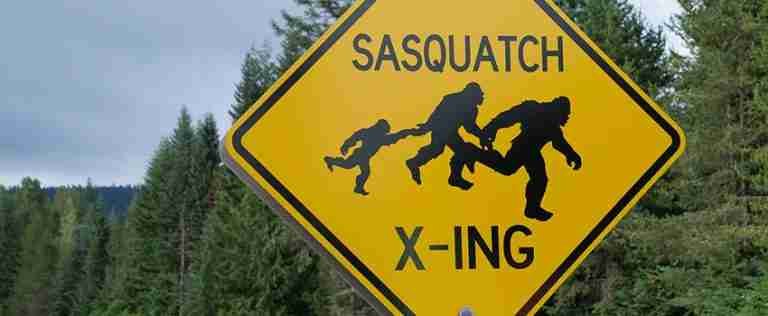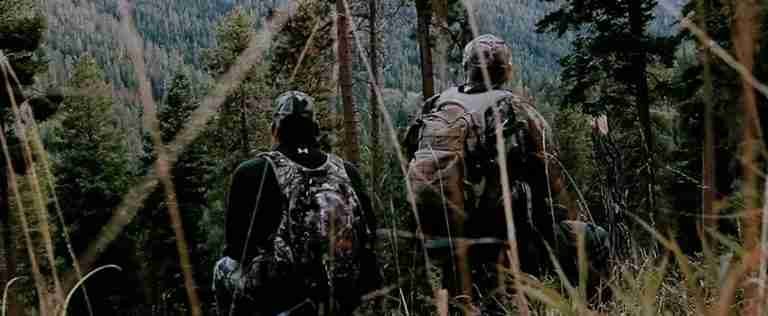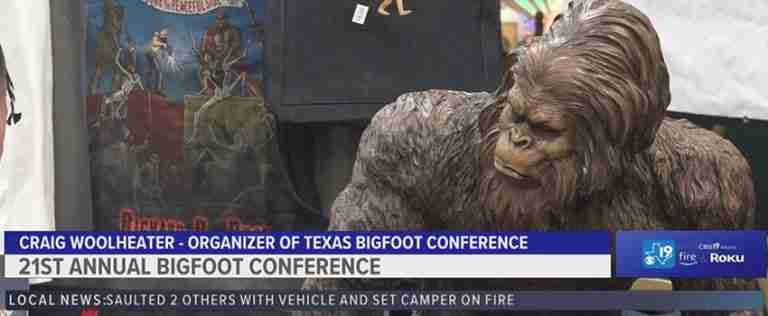Bigfoot Sightings and Folklore: The Role of Community and Storytelling in the Legend of Bigfoot
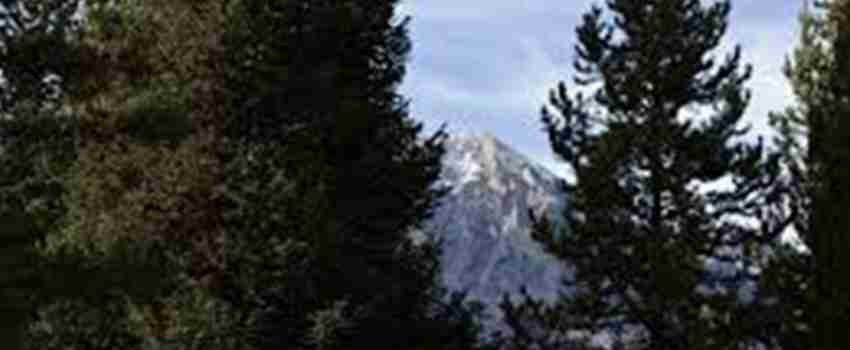
Bigfoot, also known as Sasquatch, is a legendary creature that is said to inhabit the forests of North America. Described as a large, ape-like humanoid with long, shaggy hair, Bigfoot has been the subject of countless sightings, stories, and folklore for decades.
The fascination with Bigfoot can be attributed to a number of factors, including the creature’s mysterious and elusive nature, the possibility that it could represent a previously unknown species, and the enduring appeal of the mythical and the unknown. Some people are drawn to the idea of discovering a creature that has evaded scientific detection for so long, while others are drawn to the mystery and intrigue that surrounds Bigfoot.
One aspect of Bigfoot folklore that is particularly interesting is the role that local legends and myths play in shaping sightings and accounts of the creature. In many cases, the stories and descriptions of Bigfoot are influenced by the cultural and historical context in which they are told. For example, Native American tales of large, hairy, human-like creatures may have influenced the modern portrayal of Bigfoot as a wild, primal being. Similarly, the cultural and societal values of a particular community can influence the way that Bigfoot sightings are perceived and interpreted.
Overall, the fascination with Bigfoot is a complex and multifaceted phenomenon that reflects a range of cultural and societal factors. Examining the role of local legends and myths in shaping Bigfoot folklore can help us better understand the enduring appeal of this enigmatic creature.
History Of Bigfoot In North American Folklore
The history of Bigfoot in North American folklore dates back centuries and is closely tied to the indigenous cultures of the region. Many Native American tribes have long told stories of large, hairy, human-like creatures that lived in the forests and mountains. These creatures, known by various names such as Sasquatch, Yeti, and Wendigo, were often depicted as powerful and mysterious beings that were deeply connected to the natural world.
The modern cultural phenomenon of Bigfoot emerged in the 20th century, with the first reported sightings of the creature occurring in the 1950s and 1960s. These early sightings were often accompanied by tracks and other physical evidence, and sparked widespread interest in the possibility of a large, unknown primate living in the North American wilderness.
Over time, the legend of Bigfoot has evolved and taken on many different forms, with sightings and encounters being reported all over the world. Some people believe that Bigfoot is a real, undiscovered species, while others see it as a myth or legend. Regardless of one’s beliefs about the creature’s existence, the fascination with Bigfoot has endured for decades and shows no signs of fading.
The Importance Of Place In Bigfoot Folklore
The importance of place in Bigfoot folklore refers to the way that location and cultural context can shape and influence the way that Bigfoot is perceived and described. In many cases, the stories and accounts of Bigfoot vary significantly depending on the location and cultural context in which they are told.
One aspect of this is the way that local variations in Bigfoot descriptions and behavior can be attributed to specific cultural and historical contexts. For example, in some areas, Bigfoot is described as a peaceful, benevolent being that is closely connected to the natural world, while in other areas it is depicted as a violent, aggressive creature. These differences may be influenced by the cultural values and beliefs of the communities in which the stories are told.
In addition to shaping the way that Bigfoot is depicted, the cultural and historical context of a particular place can also influence the way that Bigfoot sightings are perceived and interpreted. For example, a Bigfoot sighting in a heavily forested area with a long history of logging and resource extraction may be seen as a threat to humans and their activities, while a Bigfoot sighting in a more remote and pristine wilderness may be viewed as a curiosity or an opportunity for scientific study.
Overall, the importance of place in Bigfoot folklore highlights the way that cultural and historical context can shape and influence our understanding and interpretation of the creature.
The Role Of Storytelling And Community In Bigfoot Folklore
The role of storytelling and community in Bigfoot folklore refers to the way that people share and transmit information about the creature within local communities and beyond. In many cases, the stories and accounts of Bigfoot are passed down through oral tradition, with people sharing their own sightings and experiences with others. This sharing of information can help to shape and influence the way that Bigfoot is perceived and understood within a particular community.
In addition to oral tradition, the creation and dissemination of Bigfoot legends can also be influenced by modern media, such as television, movies, and the internet. These forms of media can help to spread information about Bigfoot to a wider audience and can shape public perceptions of the creature. For example, a documentary about Bigfoot might present a particular perspective on the creature that influences the way that people think about it.
Overall, the role of storytelling and community in Bigfoot folklore highlights the way that information about the creature is shared and transmitted within and between communities. This can help to shape and influence the way that Bigfoot is perceived and understood, and can contribute to the enduring fascination with the creature.
Conclusion: Bigfoot Sightings and Folklore: The Role of Community and Storytelling in the Legend of Bigfoot
The enduring appeal of Bigfoot as a subject of folklore and legend can be attributed to a number of factors. One reason for this appeal is the mysterious and elusive nature of the creature, which has captured the imagination of people for decades. The possibility that Bigfoot could represent a previously unknown species adds to the fascination with the creature, as it suggests that there is still much that we do not know about the world and the creatures that inhabit it.
In addition to the mystery and intrigue surrounding Bigfoot, the creature also holds a special place in the cultural and societal imagination. Many people are drawn to the idea of Bigfoot as a symbol of the wild and the untamed, and see it as a powerful and enduring force in the natural world. The cultural and historical context in which Bigfoot stories are told can also shape and influence the enduring appeal of the creature, as different communities and societies place different values on the creature and its role in the ecosystem.
The value of examining the cultural and societal factors that shape Bigfoot stories and sightings cannot be underestimated. By understanding the cultural and historical context in which Bigfoot is perceived and described, we can gain a deeper understanding of the enduring appeal of the creature and the way that it has been incorporated into local legends and myths. This, in turn, can help us better understand the role that Bigfoot plays in our collective cultural and societal imagination.

